For many years, the human resource structure in Vietnam has often been viewed through a familiar lens: "inverted pyramid", "too many teachers, not enough workers", or the formula of 1 engineer - 4 intermediate - 10 workers. This formula was born when manual and mechanical production was dominant, unskilled labor was abundant and highly skilled human resources were only a minority. Applying that formula to Vietnam in the 21st century, in the context of globalization and technology explosion, is clearly outdated and lacks scientific basis.
In member countries of the Organization for Economic Cooperation and Development (OECD), the EU, the US, Japan, South Korea, and Singapore, the human resource structure is often designed in a harmonious direction: ordinary workers account for only 20-25%, mid-level technicians (intermediate - vocational college) account for 40-50%, and university and post-graduate levels are at 25-30%. This model resembles a "drum shape": the middle layer is crowded, the two ends are balanced. This is the basic framework for a high-tech economy, with both practical skills and research knowledge.
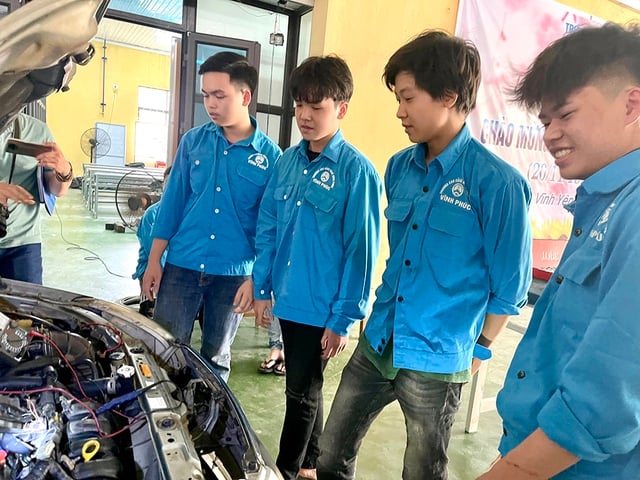
To advance to high-tech industry, the middle and high school levels are the main force.
PHOTO: MY QUYEN
On the contrary, in many developing countries, including Vietnam, the structure is still similar to the "top": ordinary workers account for more than half, the middle-level - college level is still weak, universities are expanding but not closely linked to labor needs. The biggest gap is the lack of middle-level labor force - the backbone for modern production to operate smoothly.
International references clearly show the reasonable drop point of each level. Vietnam needs to gradually reduce the rate of unskilled labor, expand and improve the quality of intermediate and college levels, and universities must develop selectively, closely linked to the need for technological innovation.
To move towards a high-tech industry, we must see that the secondary and college levels are the main force, while universities and post-graduates must develop sufficiently to lead research, management, creativity and innovation. From there, when arranging, we must give reasonable priority to strengthening vocational training institutions, while streamlining low-quality university institutions and focusing investment on a number of strong research universities.
Nowadays, a job that used to only require elementary level can now require college or university degree. Higher level human resources do not necessarily have "surplus teachers", but only reflect new professional standards. In industries such as semiconductors - microchips, technology engineers play a key role, but college level technicians are also extremely important to operate production lines and maintain equipment. If we ignore this intermediate level, we will forever struggle with the slogan "surplus teachers, lack of workers" without finding a solution.
The biggest problem in Vietnam today is not the number of universities, but the lack of a national human resource map and an effective forecasting mechanism. If this is not resolved, the "Great Reorganization" will only be a mechanical merger and separation without creating any qualitative change.
In addition, a notable bottleneck is the intermediate level. In reality, this level still exists in the labor market in the form of skilled workers or technicians. But in the education system, the intermediate level is ambiguous: it is not clear whether it is an independent level or a bridge to college. As a result, the intermediate level becomes a level of education that is not aligned with the international qualifications framework, causing difficulties for learners and employers. If the "Great Arrangement" ignores the repositioning of the intermediate level, the training - employment flow will continue to be chaotic.
Source: https://thanhnien.vn/sap-xep-co-so-giao-duc-bai-hoc-co-cau-nhan-luc-cac-quoc-gia-phat-trien-185251015200654895.htm


![[Photo] General Secretary To Lam attends the 18th Hanoi Party Congress, term 2025-2030](https://vphoto.vietnam.vn/thumb/1200x675/vietnam/resource/IMAGE/2025/10/16/1760581023342_cover-0367-jpg.webp)

![[Photo] Nhan Dan Newspaper launches “Fatherland in the Heart: The Concert Film”](https://vphoto.vietnam.vn/thumb/1200x675/vietnam/resource/IMAGE/2025/10/16/1760622132545_thiet-ke-chua-co-ten-36-png.webp)



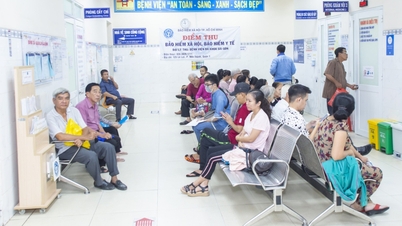



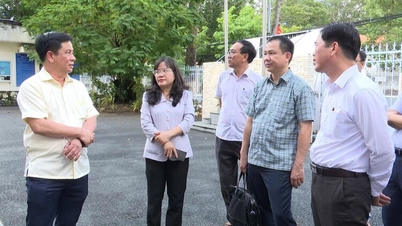






















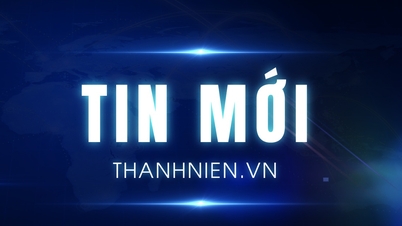






![[Video] TripAdvisor honors many famous attractions of Ninh Binh](https://vphoto.vietnam.vn/thumb/402x226/vietnam/resource/IMAGE/2025/10/16/1760574721908_vinh-danh-ninh-binh-7368-jpg.webp)


















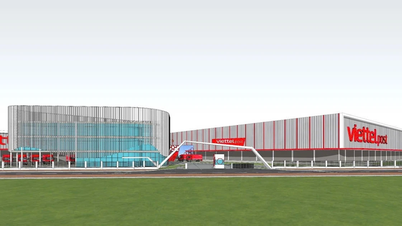









![[Photo] Nhan Dan Newspaper launches “Fatherland in the Heart: The Concert Film”](https://vphoto.vietnam.vn/thumb/402x226/vietnam/resource/IMAGE/2025/10/16/1760622132545_thiet-ke-chua-co-ten-36-png.webp)







































Comment (0)